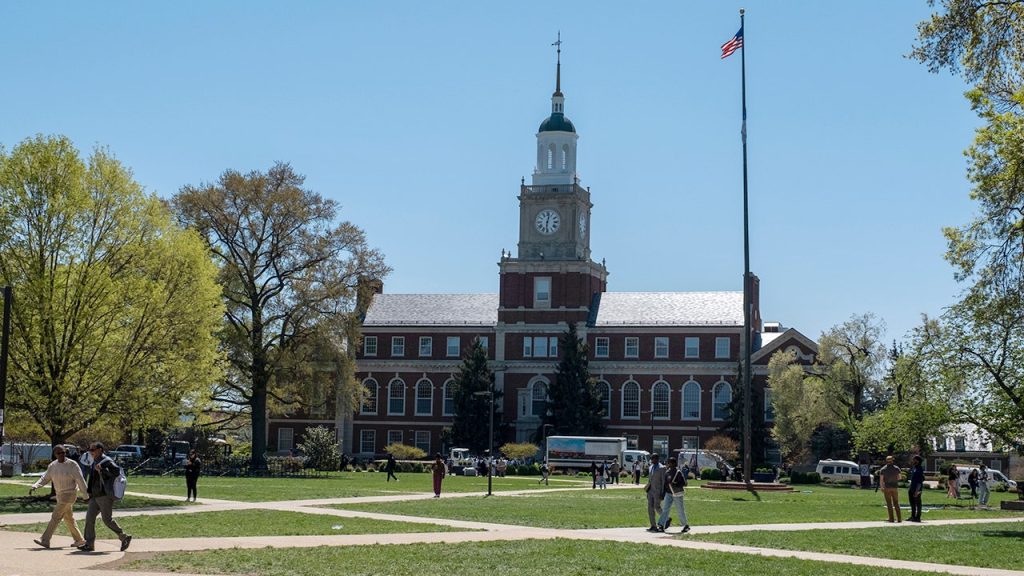Rising Violence at Historically Black Colleges: A Growing Crisis
In recent months, a disturbing trend of violence has emerged at Historically Black Colleges and Universities (HBCUs) across America, creating an atmosphere of fear and uncertainty among students, faculty, and communities. What should be safe spaces for education and celebration have become scenes of tragedy and chaos. The violence has primarily occurred during high-profile campus events such as homecomings, with multiple shootings reported at several institutions including Howard University, Lincoln University, South Carolina State University, and others. These incidents have left administrators scrambling to enhance security measures while students wonder if they can safely participate in traditional college activities.
The violence seems to follow a troubling pattern: most perpetrators are not affiliated with the universities themselves. At Howard University’s homecoming in October, five people were shot near campus, including four adults and a teenager. Though none were Howard students, one victim reportedly attended Morgan State University in Maryland. Police arrested two 19-year-olds and recovered three firearms, but authorities believe additional suspects may have been involved. That same weekend, Lincoln University in Pennsylvania experienced a shooting that killed one person and injured six others. Similar incidents occurred at South Carolina State University, where a 19-year-old visitor was killed during homecoming festivities, and at Southern University and A&M College in Louisiana, where three individuals were arrested for carrying weapons on campus. The violence continued at Jackson State and Alcorn State, with the latter reporting a fatality.
“No one should have to live this way, but we do have thugs out here who attend these HBCU events and they’re hell-bent on creating havoc,” said Ted Williams, a former police officer and current criminal and civil trial attorney. Williams pointed to a troubling reality: “The sad commentary is, in these communities, you’re finding that there are individuals who are armed and also enjoy athletic events. They are armed with guns and decide to attend these athletic events, and they also bring their guns with them.” This combination has proven deadly, with perpetrators who have no connection to the educational mission of these institutions disrupting campus life and creating danger for students who simply want to enjoy their college experience.
Beyond physical violence, HBCUs have also become targets of “swatting” hoaxes—false emergency reports designed to trigger massive law enforcement responses, causing fear and disruption. According to research by UNCF, HBCUs face disproportionately more threats than other institutions, with 76 threats affecting 51 of the 101 HBCUs nationwide over the past three years. These incidents force campus lockdowns and halt educational operations while authorities investigate. The psychological impact of these threats, combined with actual violence, creates an environment where students cannot fully engage in their educational experience without constant concern for their safety. Parents sending their children to these institutions now worry not just about grades and social adjustment, but about their children’s physical safety during routine campus events.
In response to these challenges, many HBCUs have implemented enhanced security measures since 2022. These include installing additional surveillance cameras, hiring more campus police officers, and strengthening relationships with local and federal law enforcement agencies. Some experts suggest more dramatic interventions may be necessary. Williams recommends that “HBCU law enforcement marry up with local law enforcement officers and try to bring a stop to these kinds of incidents.” He also suggests practical measures like using magnetometers (metal detectors) at campus events and increasing security patrols around large gatherings. These measures aim to identify potential threats before they can enter campus spaces, particularly during high-profile events that attract large crowds from the surrounding community.
The ongoing violence casts a shadow over what should be formative, joyful years for students. “The fact that HBCU college students cannot attend an event without fear is harming their educational experience,” Williams noted. “I think that it is devastating to a young college student, or their parents and relatives and friends who want to be able to go to these HBCU events and not be killed, shot, maimed or injured—and that is not happening right now.” HBCUs have historically served as safe havens and stepping stones to opportunity for Black Americans, but this wave of violence threatens their essential mission. As these institutions work to protect their communities while maintaining open, welcoming campuses, the broader society must reckon with the conditions that allow such violence to flourish. For now, HBCU students and their families are left to navigate an educational landscape where celebration too often turns to tragedy, and where the pursuit of knowledge comes with heightened risks to personal safety.


